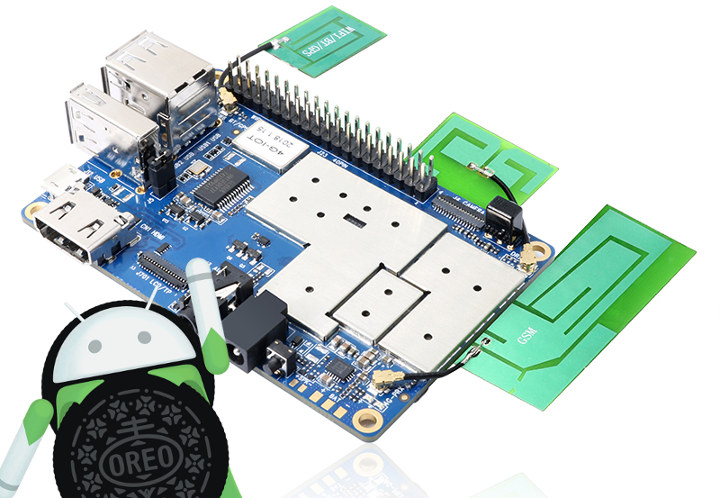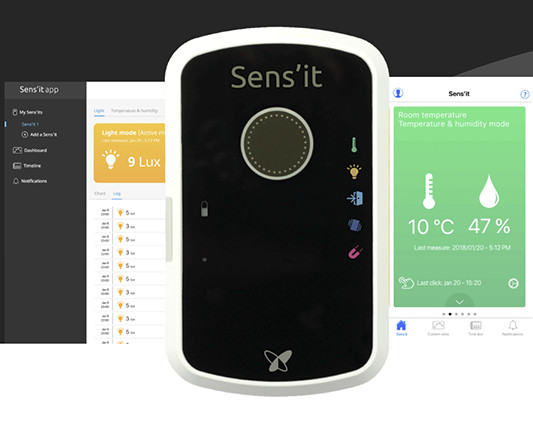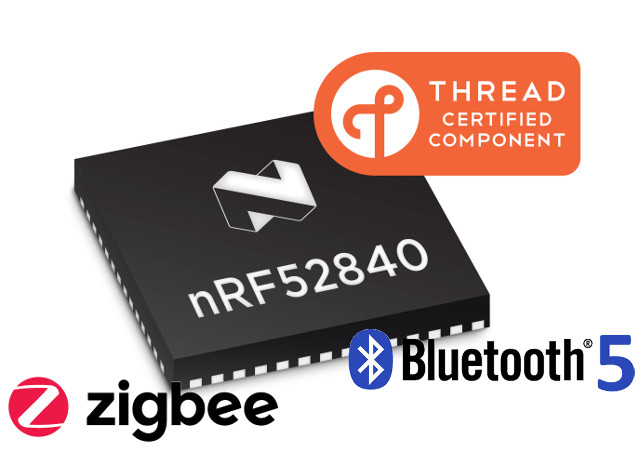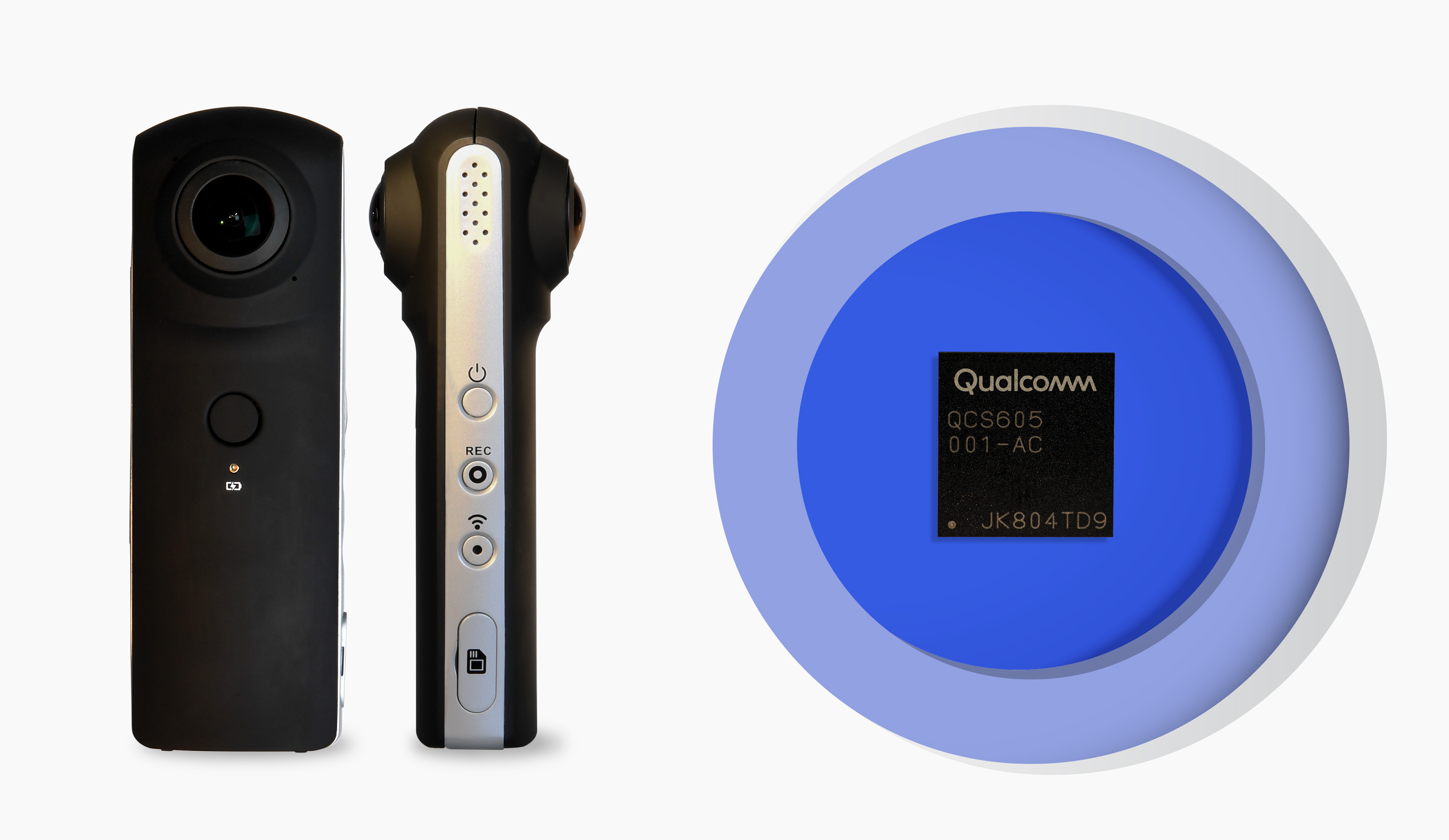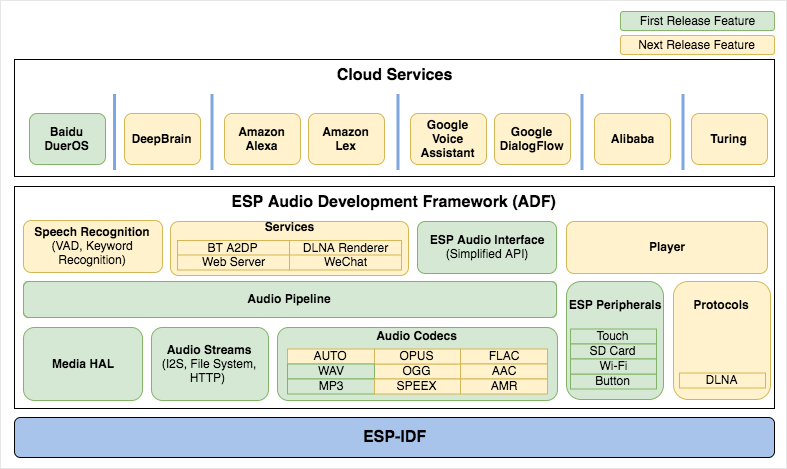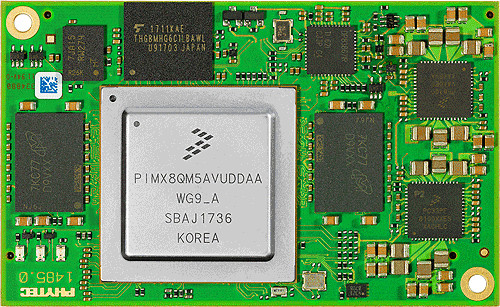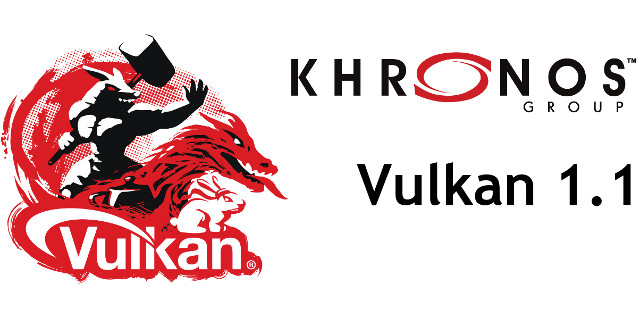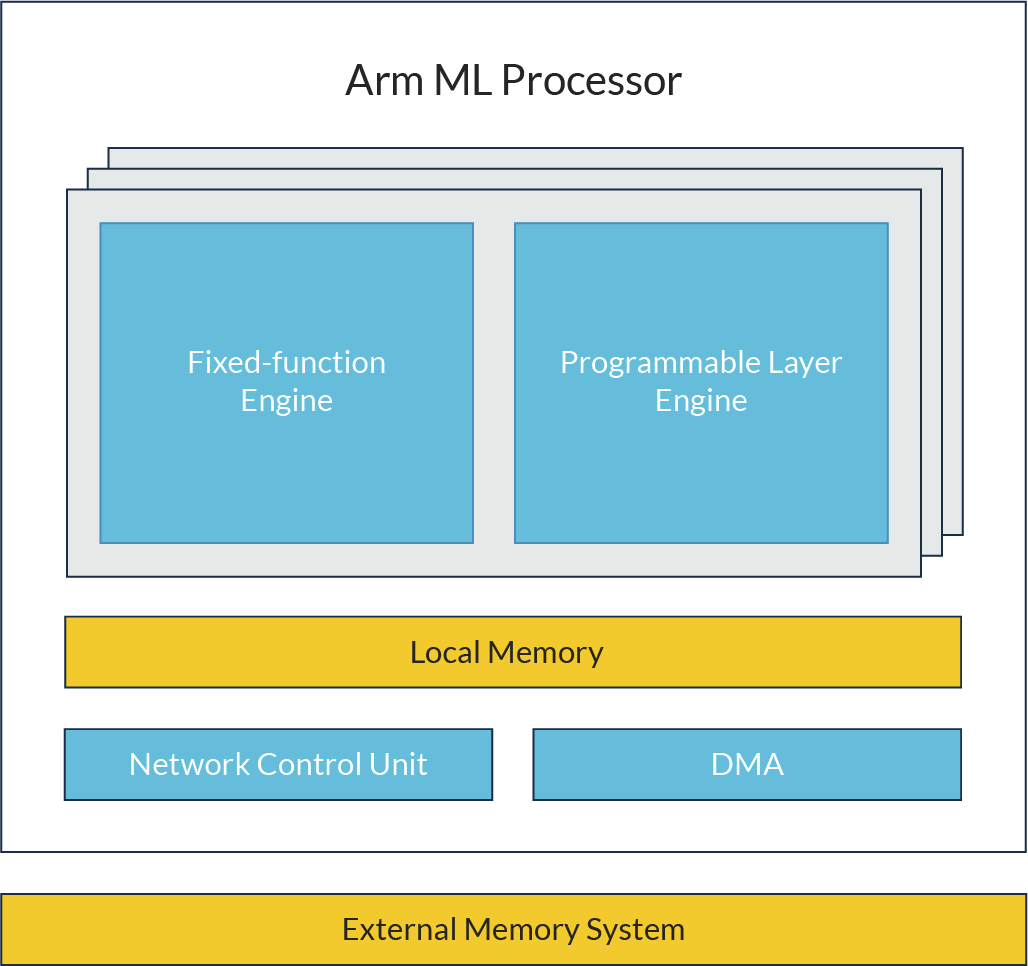When Orange Pi 4G-IoT board launched a few months ago, it shipped with a not so recent Android 6.0 operating system. But the good news is that Shenzhen Xunlong Software has now released Android 8.1 firmware for their Mediatek MT6737M quad core Cortex A53 LTE Cat 4 board, as well as the corresponding SDK. This makes it the cheapest Android 8.1 board with LTE connectivity available on the market so far as it goes for just under $50. The SDK is a large tarball (22.6 GB) split into 11 smaller files. It’s hosted on MEGA so download is fairly fast, but due to the size I had to install MEGA Sync software in order to download it easily. Once the download is complete, it’s not recognized in Nautilus, but you can extract the SDK as follows in a terminal:
|
1 2 3 |
cd 4G-IOT_Android 8.1 SDK cat x* > OrangePi_4G-IOT_Android8.1.tar.gz tar xvf OrangePi_4G-IOT_Android8.1.tar.gz |
This will take a while and extract over a million […]


